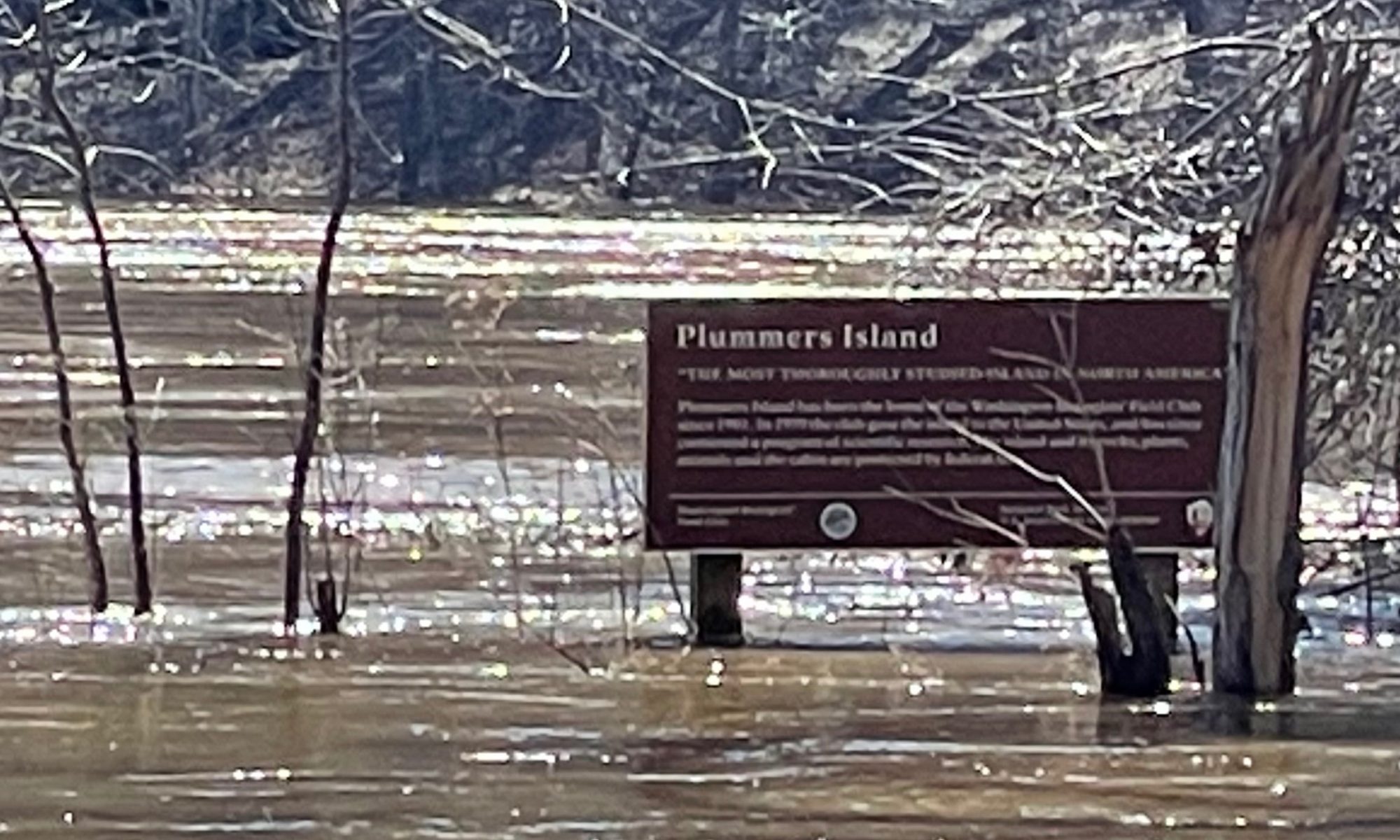
Vice President
Dove, Carla J. (Active)
United States National Museum of Natural History
Ornithology
Carla Dove was born on 17 October, 1962, in Harrisonburg, Virginia, and grew up in the nearby mountain community of Fulks Run. Her home was surrounded by The George Washington National Forest, so outdoor activities were always a part of life. Family camping trips, hiking, and fishing were among Carla’s favorite activities as a young girl. After graduating from Broadway High School in 1981, she knew she wanted to pursue interests in natural history but being a first-generation college student had its challenges. She lacked direction, finances, and an understanding of career possibilities.
She began taking classes at nearby Blue Ridge Community College in 1981, but it wasn’t until she transferred to Lord Fairfax Community College in Middletown, Virginia, and enrolled in the Natural Resources Program that she began to focus on birds. During her time at the Community College, she also had the opportunity to work and live on the Blandy Experimental Farm in exchange for a free room in the visitor’s quarters. In 1982, Rob Simpson took his ornithology class to the National Museum of Natural History for a behind-the-scenes tour of the bird and mammal collections. It was that field trip that opened Carla’s eyes to the field of museum studies that she never knew existed.
In 1983, her studies at the Community College were completed and she earned an associates degree in applied science. Her experiences at the Community College and Blandy Farm helped build her confidence and increased her desire to continue studies in Natural History and she immediately transferred to the University of Montana. There she met ornithologist Richard Hutto and further defined her interests in birds by obtaining a work-study grant to be a curatorial assistant in the zoological museum. This is where she first learned to skin birds and work in research collections. After a BS degree in wildlife biology in 1986, she eventually returned to Fulks Run and began searching for jobs in the Washington, D.C. area. She worked in a cancer research lab in Bethesda, Maryland, for a few years while continuing to apply for positions at the Natural History Museum.
In 1989, she was delighted to be offered a temporary job in the Division of Birds at the National Museum of Natural History as a museum technician. This is where she met her mentor Roxie Laybourne, a research associate in the Division of Birds, and became interested in Roxie’s pioneering work on the identification of species of birds from microscopic characteristics of downy feathers. Because assisting Roxie was not part of her duties as a museum technician, Carla spent evenings, Saturdays, and holidays at the museum with Roxie as an apprentice in feather identification. In 1989, she enrolled in a master’s program at George Mason University with Carl Ernst and Roxie Laybourne as advisors. Working full-time, studying part-time, and keeping up with Roxie on the side was a challenge, but Carla managed to complete a MS degree in biology from George Mason in the spring of 1994 with a thesis on the microscopic structure of feathers in North American plovers. By that time, the importance of feather identification to aviation safety was becoming more apparent and the demand for this type of service was increasing annually.
In the fall of 1994, Carla and Roxie submitted a research and training proposal to the U.S. Air Force to support a salaried position for Carla and allowed her to focus full-time on a dissertation in feather structure and to continue assisting Roxie with feather identifications. In 1998, she completed her dissertation on the microscopic characters of Charadriiformes (shorebirds) at George Mason University. After earning the PhD degree, she continued to work and train with Roxie while the number of birdstrike identifications continued to rise.
Today, Carla is the program manager of the Feather Identification Lab in the Division of Birds, National Museum of Natural History, and is responsible for obtaining grant support for three full-time employees and occasional graduate students and post-docs. Current research involves establishing techniques in a newly developing field within ornithology which applies forensic methodologies to determine species of birds from fragmentary evidence. The most important application of this work is to aviation safety, where bird identification data is used to design safer engines and windscreens, create an Air Force data base that is used to predict bird movements and bird hazard warnings to pilots, and to improve habitat management schemes at airfields to discourage bird use. In addition to birdstrikes, she also collaborates with scientists in the fields of anthropology, ecology, and evolutionary biology, with the U.S. Fish and Wildlife Service Law Enforcement, Federal Bureau of Investigations, U.S. Air Force, U.S. Navy, U.S. Customs, USDA Wildlife Services, Federal Aviation Administration, National Transportation Safety Board, and aircraft engine manufacturers.
Carla is a life member of the American Ornithologists’ Union (AOU) and the Cooper and Wilson Ornithological Societies. She is the Chair of the Historical Records Committee for AOU and became an Elected Member in 2006. She was elected to the Wilson Ornithological Council from 2007 to 2009. Carla served as Affiliate Professor – George Mason University from 2000 to 2002; Treasurer – Senate of Scientists, Smithsonian Institution, Natural History Museum 2004; National Science Foundation – panel member: Research Opportunities for Undergraduates from 2005 to 2006 and is currently on the Smithsonian Ornithology Steering Committee.
In 2000, she received the outstanding alumni award from Lord Fairfax Community. The work of the Feather Identification Lab has been featured in the Washington Post, The Wall Street Journal and on Fox 5 News among others. Her spare time is spent fishing, hunting, and bird watching at her cabin in West Virginia with her long-time partner Chris Milensky and canine pal, Cookie.
Carla was elected to the Washington Field Biologists Club in 2007.

